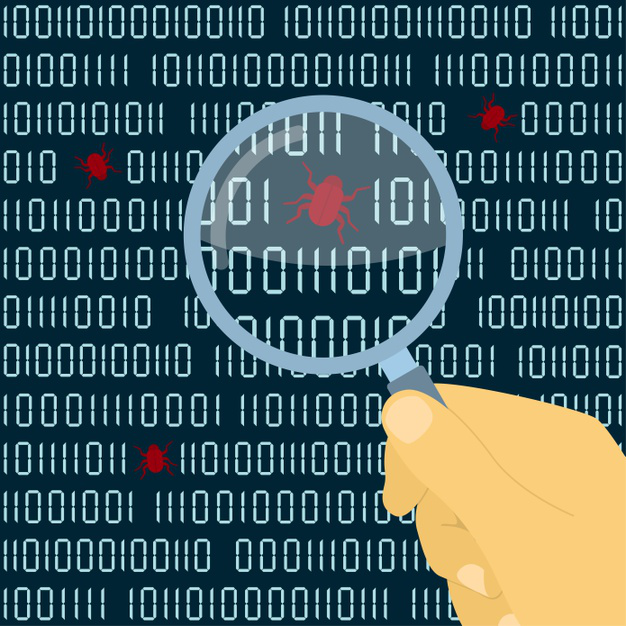Fix Website Malware Attack
The severity of the damage caused by malware attacks can be detrimental to a website. The longer it takes a website owner to detect and fix website malware issues, the more expensive it becomes to recover from the attack.
Many malware programs are designed to remain hidden in your system for a prolonged period. Even so, the signs of malware infections begin to manifest and eventually hard to miss. Here is everything you need to know about removing malware from your website, and how to protect your site from attacks.
How to fix website attacks - spotting signs of malware
Some malware attacks are detectable almost immediately they are deployed. These types of malware programs are characterized by website defacement, where hackers cover existing site content with a dubious message or image. Even though this type of malware attack constitutes a small percentage of all malware attacks, some inconspicuous malware programs can leave traces that are detectable by web uses and owners.
Other obvious signs of malware infections include unauthorized alterations of account login details, missing website files, modifies files, constant page crashed and freeze, as well as a significant reduction in site traffic.
A hosting company can alert a website owner on a malware attack, which often leads to account suspension. Search engines like Google can blacklist a site when there is evidence of malware attacks.

Malware attacks can be harmful to businesses, especially small ecommerce shops online. Once a website is blacklisted or suspended, it can erode your customer base and ruin the trust your clients have on your brand. Malware infections can destroy a brand’s reputation and even lead to loss of revenue.
How to fix website infections and get rid of malware
If you are a website owner who is not tech-savvy, it is always advisable to outsource malware removal and website protection services from security experts such as cWatch. You can also make use of malware scanning tools to monitor your website regularly. These tools can also remove malware infections as soon as they are detected.
Here are the steps to follow when removing malware programs from a website.
Identifying the source of infection.
This can be done through the file manager, a command line or performing a search in the local file. Most web hosting service providers offer file managers even though they are mostly optimized for basic modification as opposed to specified content searches.
You can perform a local search where you download the content on the live website to a local machine to simplify the search process. If you can access a command line, it is possible to perform a detailed search to find recently modified files and specific content in files.
Look for the right clues.
When you find files you think have been compromised, you should look closer to find common syntax used to deploy the malware in the website. Some common PHP code snippets to look for include shell_exec, eval, fromCharCode, base64_decode, gzinflate, error_reporting(), and globals. These are some of the functions used by hackers to attack websites.
Using google malware checker
Google website checker is a free service that uses safe browsing technology from Google to determine how secure a website is to potential visitors. This checker can be used to check for malware presence in your website.
Get rid of the malware.
With the list of the corrupt files, you simply need to get rid of them to make your website malware-free. While you can remove malware manually, it is best to make use of website scanners for faster removal, and accuracy.
Numerous malware removal programs in the market can be used to automate malware detection and elimination. Some of these malware removal programs use a file transfer protocol scan that downloads, inspects and cleans website files. These program with then upload the files to the host server without affecting the user experience.
Malware protection is a continuous process.
Defending your website against malware attacks should be a continuous process. The best way to minimize the risk of infection is to focus on preventing site code vulnerabilities, as these are some of the entry points tested by cybercriminals.
Checking for code vulnerability can be undertaken by anyone, regardless of the experience they have in programming. This can be achieved by installing updates and patches to the website whenever they are available. Better still, you can invest in an automatic patching system to make the process easier and ensure updates are installed in real-time.
Another way to protect your website from malware attacks is to ensure you only use plugins you need. Unused plugins can also be common entry points for malware attacks.





